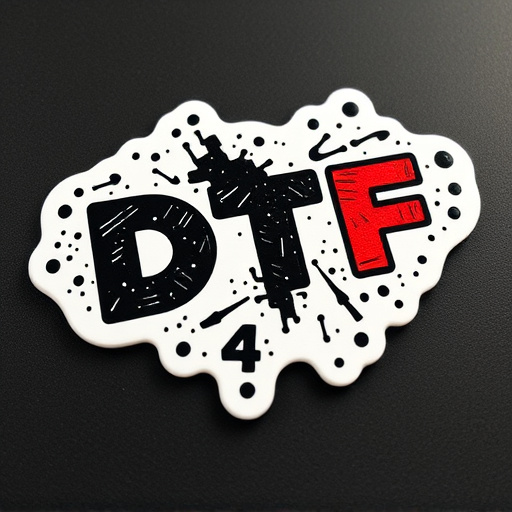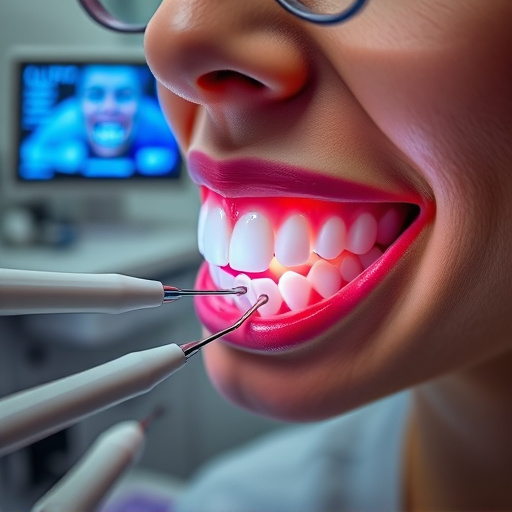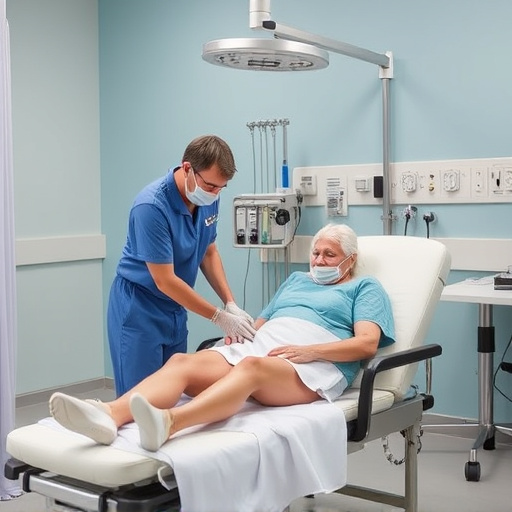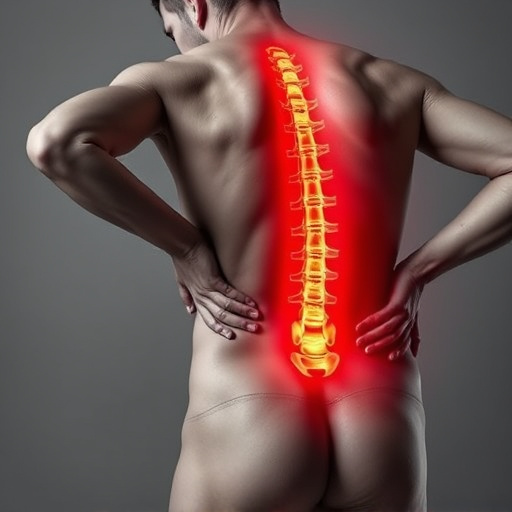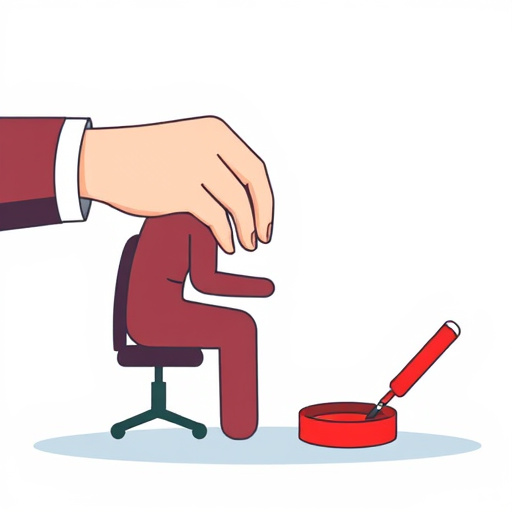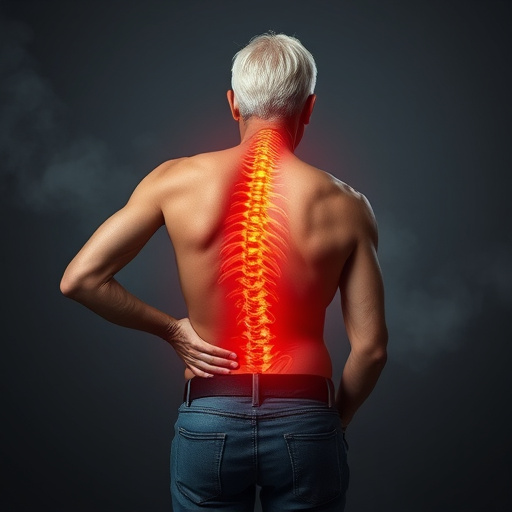Shockwave therapy emerges as a groundbreaking non-invasive treatment for sports injuries, stimulating healing and regenerating tissue with sound waves. Clinical studies prove its effectiveness in reducing pain and improving function for athletes with conditions like tendinopathy, muscle strains, and chronic sciatica. Top sports therapists combine cutting-edge technology with traditional techniques, emphasizing early intervention and personalized plans that include shockwave therapy, physical therapy, and lifestyle changes to restore functionality and prevent future injuries.
In the realm of sports medicine, shockwave therapy has emerged as a promising treatment option for athletes grappling with persistent injuries. Unlocking Recovery: Shockwave’s Promise in Sports Medicine explores the potential of this non-invasive approach to accelerate healing and enhance performance. Expert Analysis: Efficacy of Shockwave for Athletic Injuries delves into the latest research, while Navigating Treatment: Insights from Leading Sports Therapists provides practical guidance from front-line professionals. Discover how shockwave therapy is revolutionizing sports injury care.
- Unlocking Recovery: Shockwave's Promise in Sports Medicine
- Expert Analysis: Efficacy of Shockwave for Athletic Injuries
- Navigating Treatment: Insights from Leading Sports Therapists
Unlocking Recovery: Shockwave's Promise in Sports Medicine

Shockwave therapy has emerged as a promising avenue in sports medicine, revolutionizing the way we approach certain injuries. This non-invasive treatment utilizes focused sound waves to stimulate healing and regenerate tissue, offering a ray of hope for athletes dealing with pain and inflammation. By unlocking the body’s natural recovery mechanisms, shockwave therapy has shown remarkable effectiveness in treating various conditions, including lower back pain and herniated disc injuries.
In the realm of sports-related injuries, where rapid recovery is crucial, shockwave treatment presents a game-changer. It accelerates the healing process by enhancing blood flow and promoting the formation of new, healthy tissue. Whether it’s alleviating neck pain or addressing chronic conditions, this innovative approach has garnered attention from professionals for its minimal side effects and high success rates. With its ability to target specific areas, shockwave sports injuries treatment offers a more precise and effective solution compared to traditional methods.
Expert Analysis: Efficacy of Shockwave for Athletic Injuries

In recent years, shockwave sports injuries therapy has emerged as a game-changer in athletic rehabilitation. Experts agree that shockwaves, when applied correctly, can stimulate tissue regeneration and accelerate healing processes for various conditions commonly affecting athletes, such as tendinopathy and muscle strains. This non-invasive treatment offers a promising alternative to surgical interventions or prolonged periods of rest.
The analysis of clinical studies suggests that shockwave therapy is effective in reducing pain and improving function in athletes with chronic sciatica, muscular tears, and other sports-related injuries. By promoting angiogenesis—the formation of new blood vessels—and stimulating fibroblasts, which play a crucial role in collagen synthesis, shockwaves facilitate muscle recovery and tissue repair. This rapid and efficient healing response makes shockwave therapy an attractive option for athletes seeking swift recovery without compromising performance.
Navigating Treatment: Insights from Leading Sports Therapists

Navigating Treatment: Insights from Leading Sports Therapists
In the realm of shockwave sports injuries, leading sports therapists are pioneering innovative treatment approaches that offer hope for athletes seeking relief from persistent conditions. These experts emphasize that early intervention is key to enhancing muscle recovery and minimizing the risk of chronic pain relief eluding their patients. By combining cutting-edge technology with time-tested techniques like spinal adjustments, they are revolutionizing how we address athletic injuries.
Therapists recommend personalized treatment plans tailored to each patient’s unique needs, focusing on targeted shockwave therapy sessions alongside complementary methods such as physical therapy and lifestyle modifications. This holistic approach ensures that athletes not only regain functionality but also prevent future exacerbations, enabling them to return to their active lifestyles with renewed vigor.
In light of the above discussions, it’s evident that shockwave therapy presents a promising avenue in the management of sports injuries. Expert insights highlight its efficacy in accelerating recovery and reducing pain for athletes across various disciplines. As leading sports therapists navigate treatment options, they increasingly recognize the value of shockwave technology in their practices. By embracing these advancements, healthcare professionals can empower athletes to return to their peak performance faster and safer.





